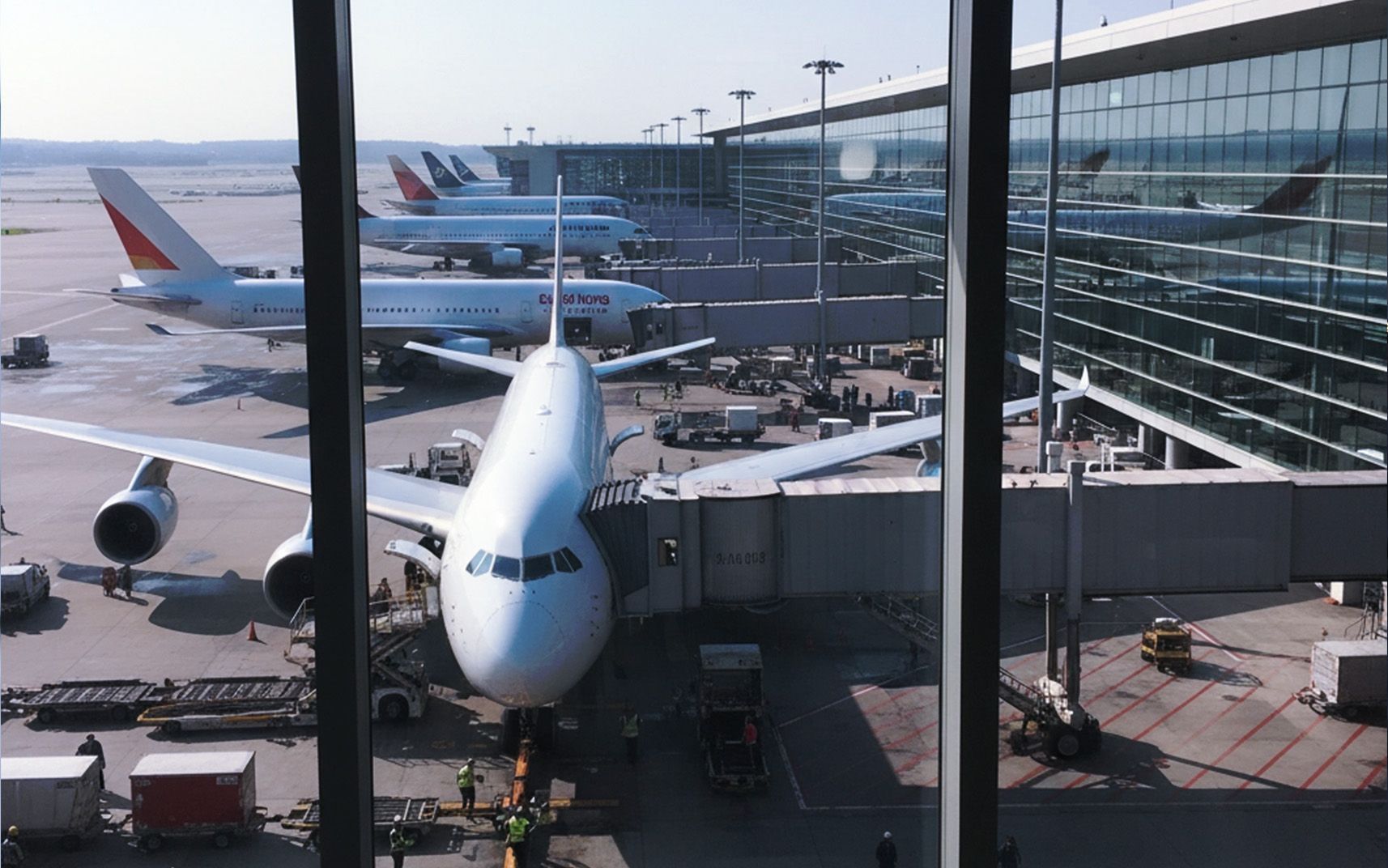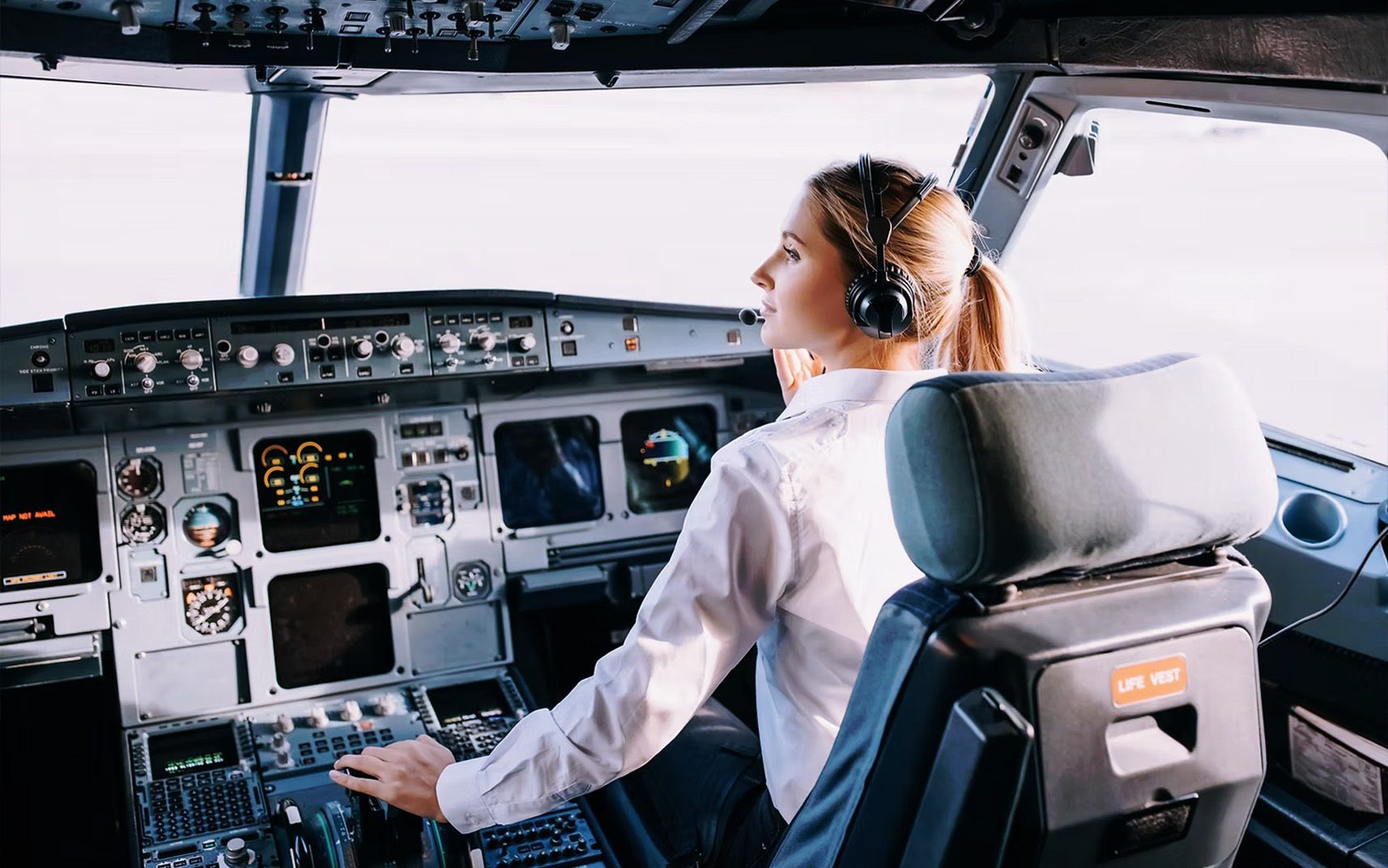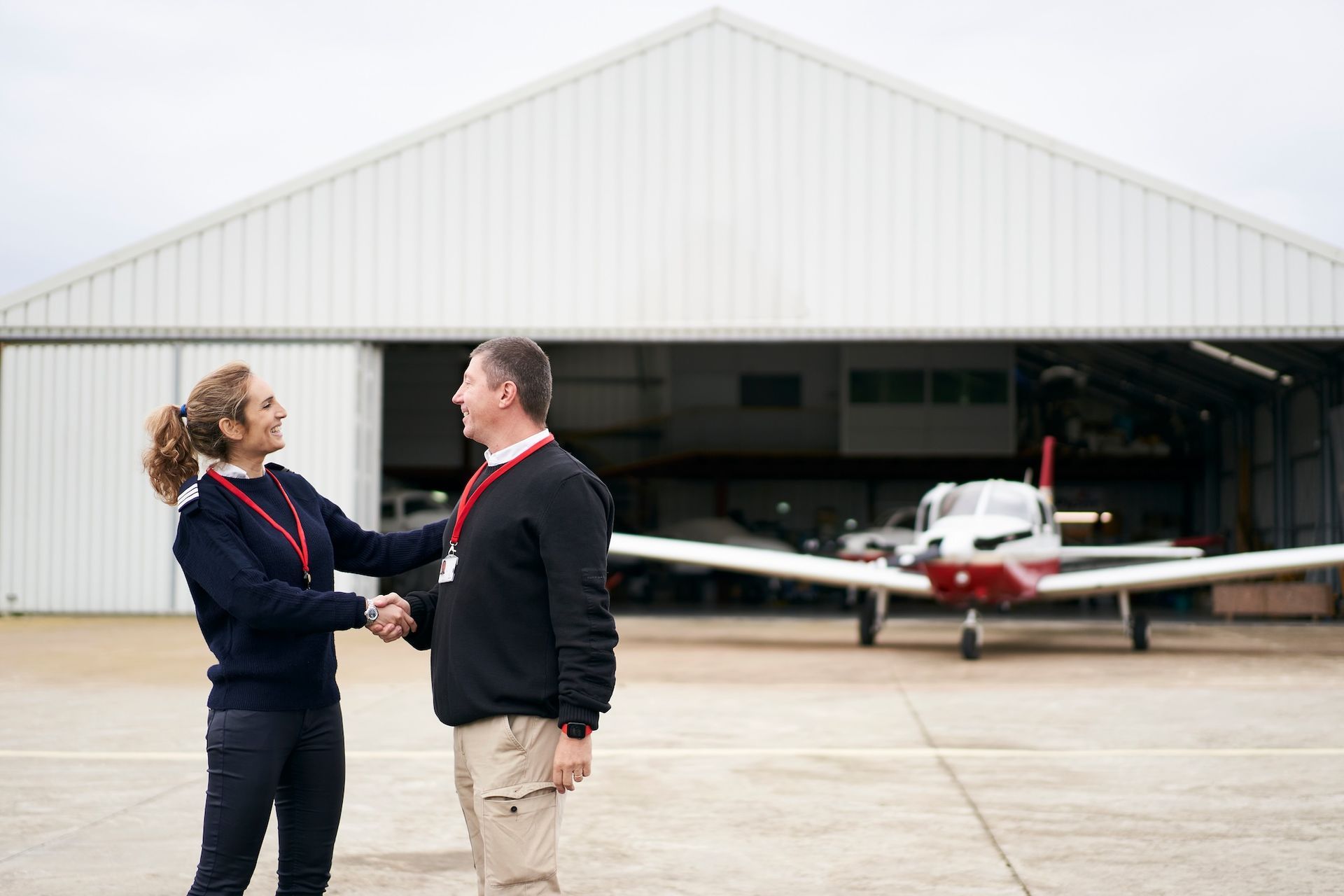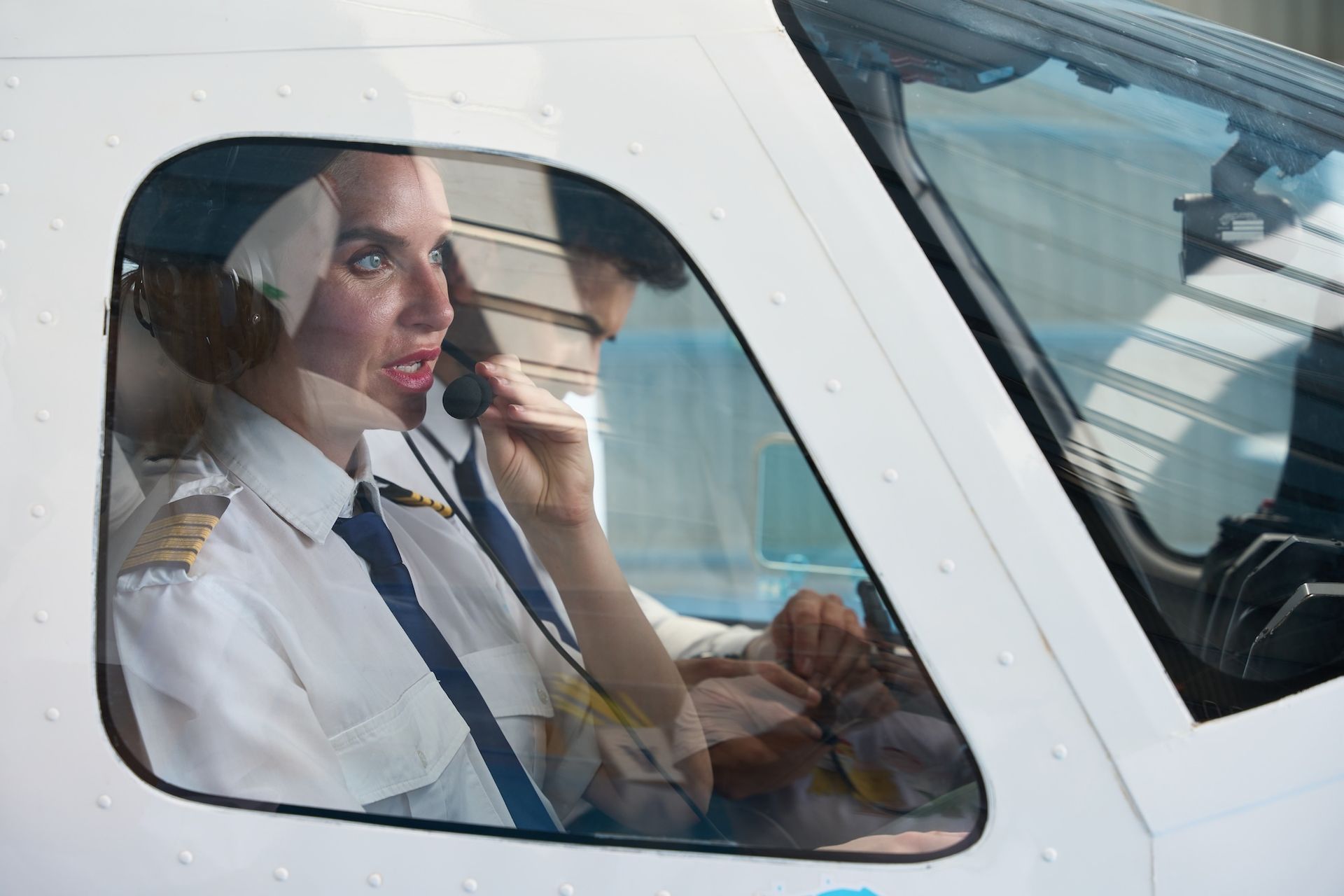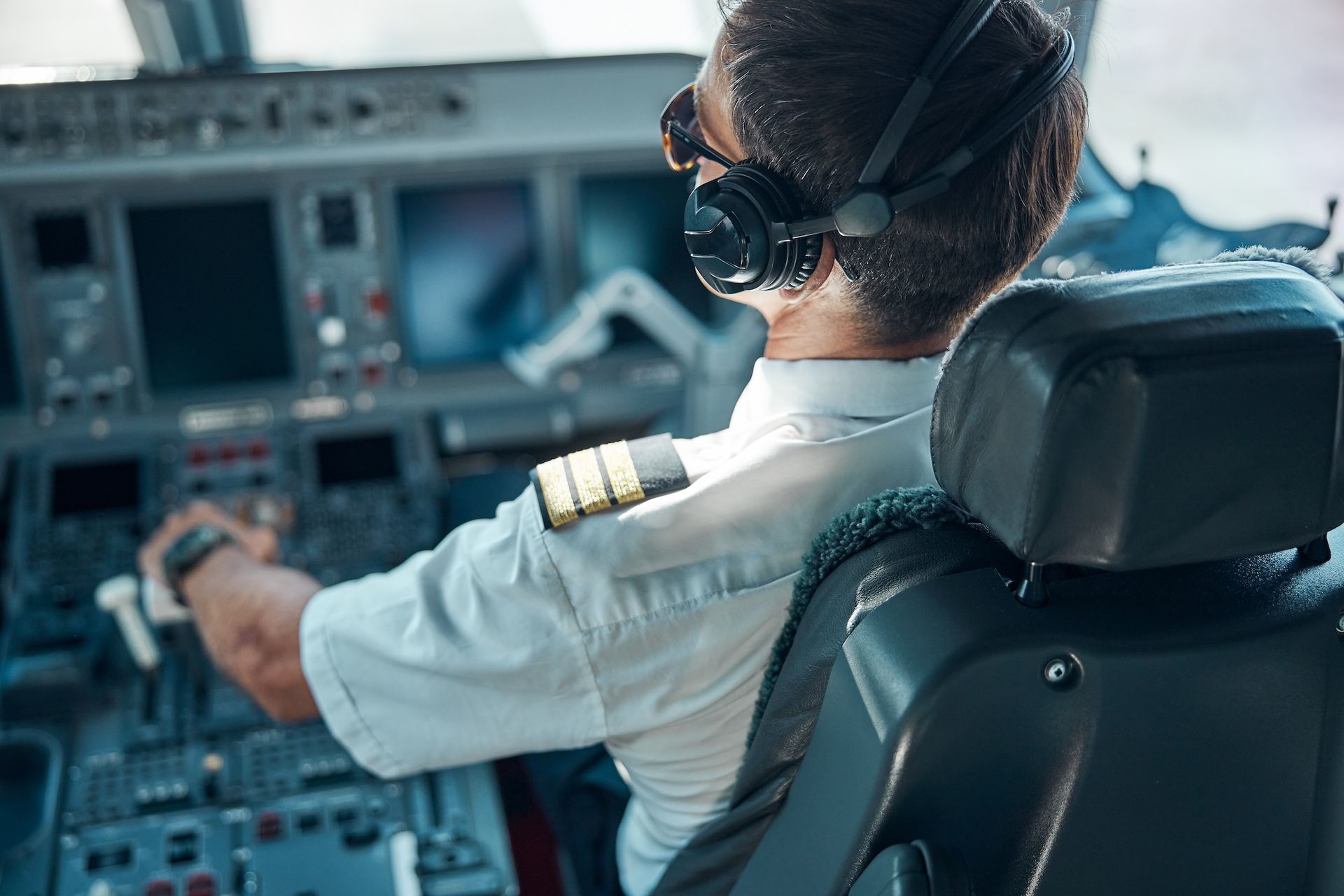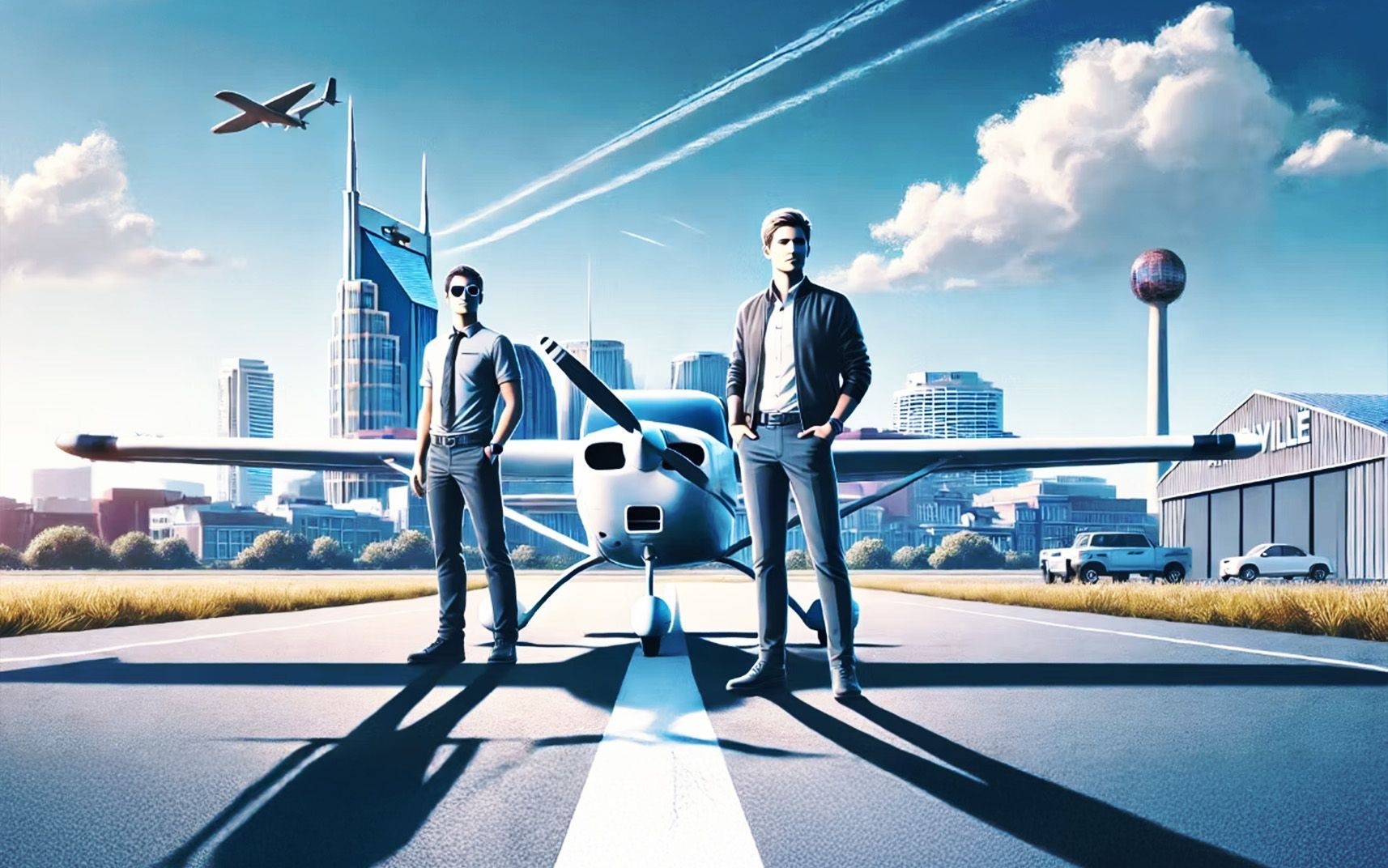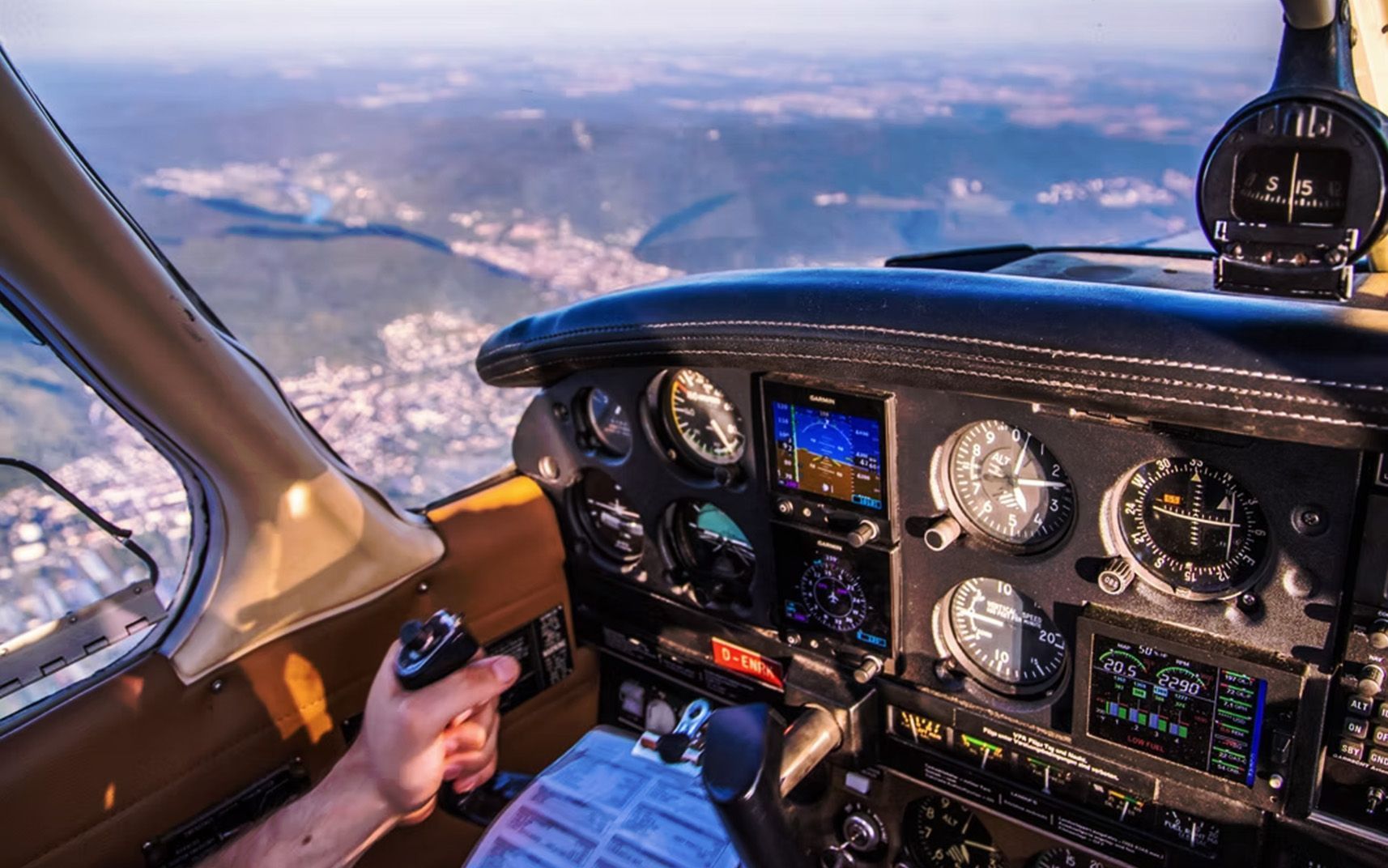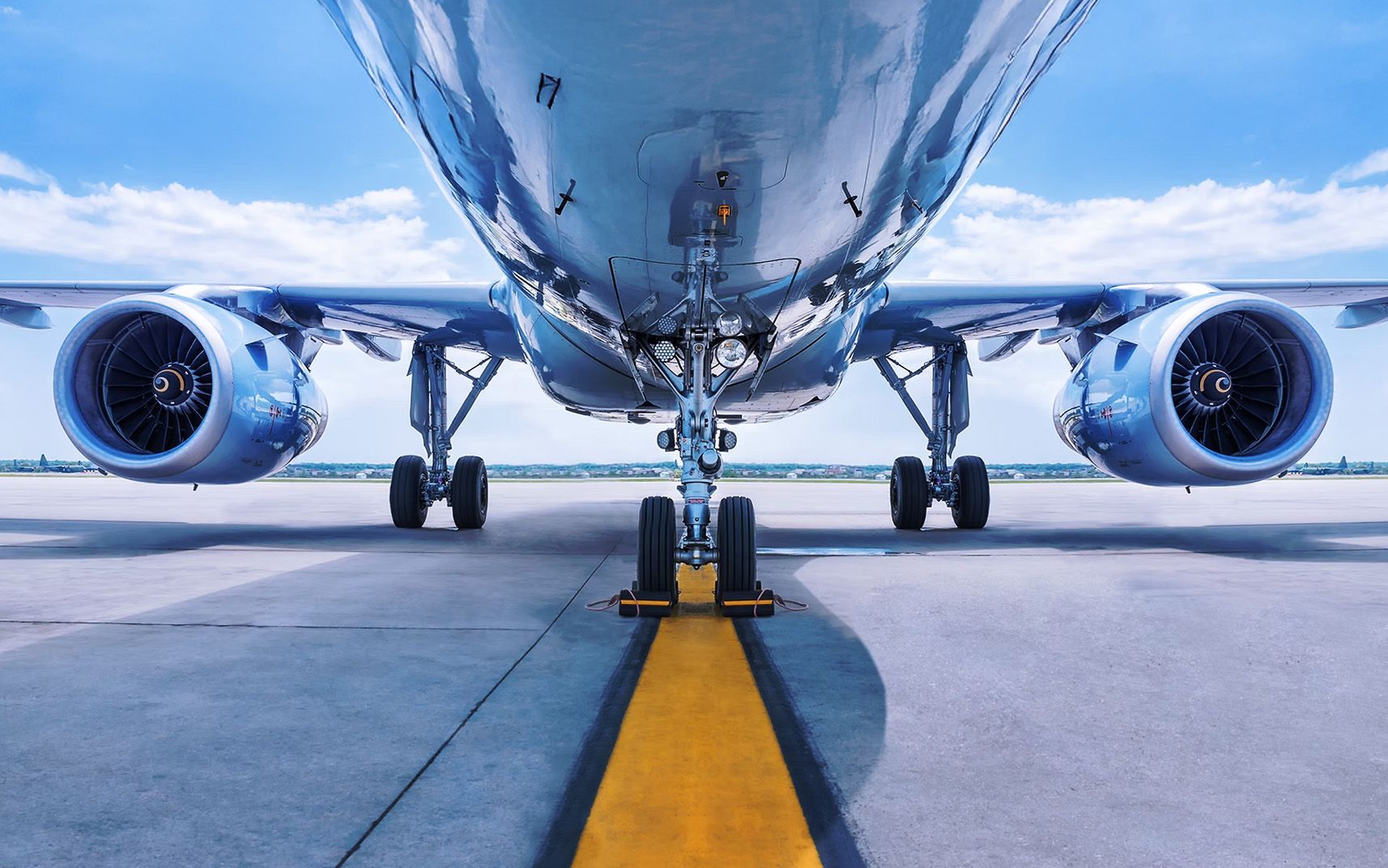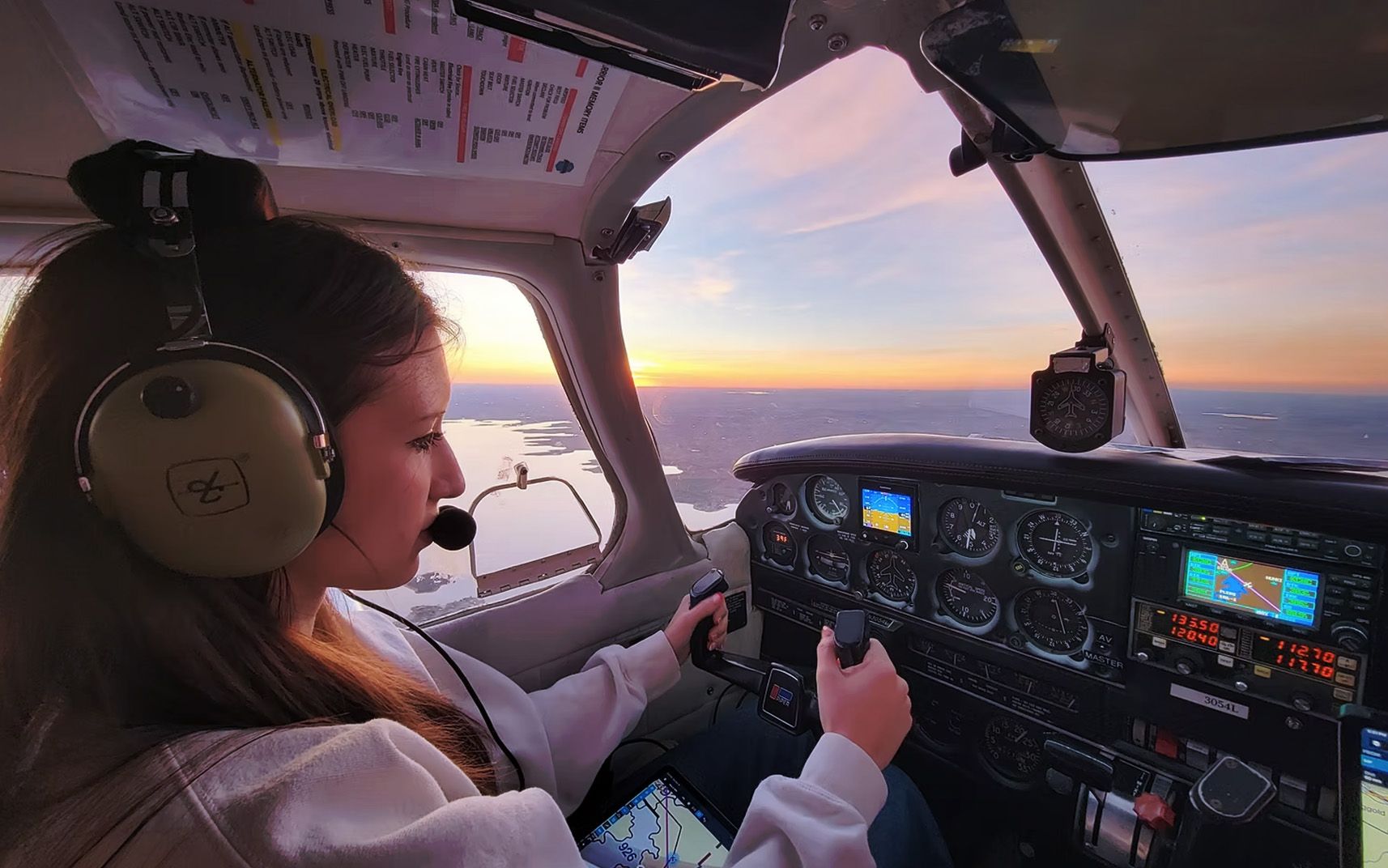How Hard Is It To Get A Pilot's License?
Share this article
Becoming a pilot is a dream that stirs something profound in all of us: a desire for freedom, adventure, and the sheer thrill of taking flight. But how hard is it really to earn your wings?
Yes, it's challenging, but it's achievable, and the rewards are sky-high.
Let's take off.
Step One: Know the Basic Requirements
Before you ever climb into the cockpit, there are a few basic requirements you'll need to meet. To train for a Private Pilot License (PPL), the first significant milestone in aviation, you must:
- Be at least 17 years old
- Be able to read, speak, and understand English
- Hold at least a third-class medical certificate issued by an FAA-authorized aviation medical examiner
These requirements ensure you're physically and mentally ready to take on the responsibilities of flight. If you're unsure where to begin, don't worry. Nationwide Aviation offers info sessions and one-on-one guidance to walk you through every step.
The Training: Where Challenge Meets Possibility
Ground School: Mastering the Theory
Ground school is where your journey begins. You'll dive into subjects like:
- Aerodynamics
- Weather systems
- Aircraft systems
- Federal Aviation Regulations
- Airspace navigation
It's like learning a new language, one spoken at 10,000 feet. But don't let the material intimidate you. At Nationwide Aviation, students are supported with modern tools, a clear syllabus, and experienced instructors who make the complex feel simple.
Flight Hours: Taking the Controls
This is where the magic happens.
The FAA requires a minimum of 40 hours of flight time for a PPL. However, most students average between 60 and 75 hours before they're ready for their final exam. This includes:
- Dual instruction with a Certified Flight Instructor (CFI)
- Solo flight time
- Cross-country navigation
- Night flying (for some certifications)
Training schedules are flexible, which helps if you're balancing school, work, or family. With Nationwide's fast-track programs, many students go from zero experience to licensed pilot in as little as nine months.
The Exams: Testing Your Wings
The Written Exam
Once you've completed ground school, you'll take the FAA written knowledge test. This multiple-choice exam covers everything from aircraft operations to weather interpretation. Preparation is key, but you'll be ready with the right study guides, simulators, and instructor support.
The Checkride
The check ride is a practical test with two parts: an oral exam and a flight test. You'll sit down with an FAA examiner to discuss your knowledge and decision-making skills, followed by a real flight in which you'll demonstrate everything you've learned. It's intense but exhilarating. When you pass, the moment you hear "Congratulations, pilot" is unforgettable.
The Reality of the Challenge
How hard is it to get a pilot's license? The answer varies for each individual. While the technical skills required can be mastered with practice, the more significant challenge often lies in the commitment to studying, consistently flying to build hours, and juggling the financial and time investments.
However, for those passionate about flying, the effort is well worth it. The sense of achievement is unparalleled when you make your first solo flight or pass your check ride. Becoming a pilot opens up opportunities, whether you aim to fly recreationally or pursue a career in commercial aviation.
So, Is It Hard?
Yes, and no.
Getting a pilot's license takes effort. There's a lot to learn, and flying isn't cheap. However, difficulty is often more about commitment than capability. Many students find that the process becomes manageable and even fun once they get started. You'll be pushed. You'll grow. And in the end, you'll come out stronger, more focused, and fully capable of confidently commanding an aircraft.
The Real Barriers and How We Break Them
We know what stops people from pursuing this dream:
- Cost: Aviation training can be expensive. Nationwide offers financing options and transparent pricing to help you plan.
- Time commitment: It's a lifestyle shift. That's why we offer flexible scheduling and streamlined programs tailored to real lives.
- Overwhelm: The process can feel overwhelming. We simplify the pathway, walk you through each phase, and provide one-on-one support.
- Fear of failure: Our experienced instructors and high-quality facilities are here to set you up for success, not just survival.
- Safety concerns: Your safety is our top priority. We train in a secure, structured environment, backed by the latest aviation technology.
At Nationwide, you never fly solo, even before your first takeoff.
Tips to Stay on Course
Here's how to make your aviation dream take flight:
Start with a Discovery Flight: A short introductory flight is the perfect way to test the skies. You'll sit in the cockpit, handle the controls, and feel what being a pilot is like. Most students walk away thinking, "Yep. I'm doing this."
Choose the Right Flight School: Find a program that aligns with your goals, schedule, and learning style. Visit schools, meet instructors, and ask questions. (And yes, we'd love to meet you at Nationwide.)
Study Smart: Use a mix of books, apps, and online tools to reinforce what you learn. Ground school doesn't have to be dry; it can be empowering.
Fly Often: Consistency builds confidence. The more often you fly, the faster your skills grow.
Join a Community: Get involved in pilot forums, local flying clubs, or online Discord. Surrounding yourself with fellow aviators keeps your motivation sky-high.
So, How Hard Is It to Get a Pilot's License?
Earning your pilot's license isn't easy, but doable.
You'll need focus, passion, and a willingness to commit. But the payoff is profound when you look out over the horizon on your first solo flight. Becoming a pilot isn't just a skill; it's a transformation. It's a leap toward freedom, adventure, and empowerment that stays with you for life.
At Nationwide Aviation, we support your journey every step of the way, from your first spark of curiosity to your first job in the skies.
Launch your aviation career today. The sky isn't the limit, it's just the beginning.
Recent Posts
